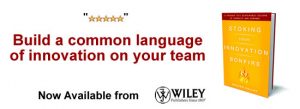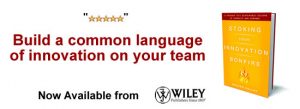Building a Smarter Workplace
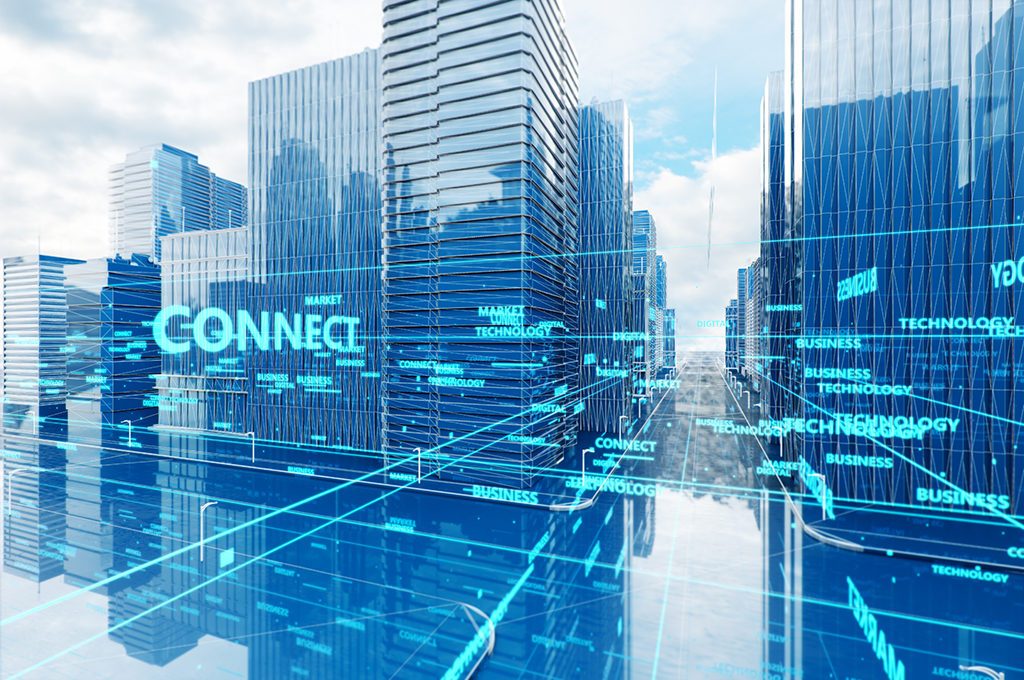
I had the opportunity recently to interview Dave Hopping, President of Siemens Building Technologies for the Americas about technology advancements in the areas of construction and building management and their impact for both employers and employees.
By its very name, Dave’s group focuses on technologies that go into buildings to make them safe, secure, efficient, etc. spanning building automation, lighting, fire, security, and going forward they’ll also move into other areas as well.
We spoke about a range of topics including edge devices, the Internet of Things (IoT), the Cloud, energy efficiency and saving lives.
Living on the Edge
One of the things that was mentioned quite frequently at Siemens ConneCTs 2018 (INSERT LINK) was edge devices, and in my conversation with Dave he specified that at least in his context edge devices are those devices bridging the physical and the digital worlds that contain the intelligence, and to which sub-controllers and sensors may connect.
Siemens is now able to bring more sensor data into a common platform (the Cloud) to do something with, and the things we’re doing with it, some are old and some are new. The old stuff is that all builders want to build their buildings at a lower cost (designing out unnecessary systems, etc.) and get greater energy efficiency and lower operating costs leveraging sensor data and other data in the Cloud using IoT. Now you’re able to run machine learning and do more predictive type services on buildings so you’re only servicing machinery when it’s going to fail instead of using standard scheduled maintenance practices.
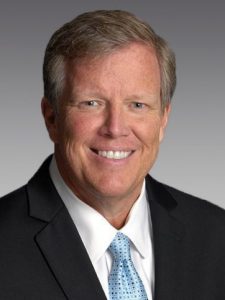 The new stuff is creation of new application specific solutions, some via acquisition, like the acquisition of Enlighted, a Silicon Valley startup that makes low cost sensors in lighting fixtures (that could also be put other places) and communicate up to the Cloud. Now we can do lighting control by fixture and use that same data to do space utilization so building management companies and employers can see how their space is being utilized, and how to make it more efficient. It also makes it so that people may see that they need smaller buildings or re-purpose existing space. These sensors can also be used for asset tracking in environments like healthcare so employees can now where to find different medical devices or equipment that they might need for a patient – reducing both shrinkage and wasted time. In the past these kinds of sensors were too expensive and/or too big or they needed to be hard wired, but now we’re at a point where the sensors can be put in and the data can be used to create valuable applications using that data.
The new stuff is creation of new application specific solutions, some via acquisition, like the acquisition of Enlighted, a Silicon Valley startup that makes low cost sensors in lighting fixtures (that could also be put other places) and communicate up to the Cloud. Now we can do lighting control by fixture and use that same data to do space utilization so building management companies and employers can see how their space is being utilized, and how to make it more efficient. It also makes it so that people may see that they need smaller buildings or re-purpose existing space. These sensors can also be used for asset tracking in environments like healthcare so employees can now where to find different medical devices or equipment that they might need for a patient – reducing both shrinkage and wasted time. In the past these kinds of sensors were too expensive and/or too big or they needed to be hard wired, but now we’re at a point where the sensors can be put in and the data can be used to create valuable applications using that data.
Or, you can merge the data from sensors (via Englighted) with data from a workplace application like Comfy (which Siemens also acquired last year) to give you richer heuristics on space utilization. Employers and building managers are looking not to just take cost out of the real estate part of business, but also to create a better experience for employees.
As a reference point, it might be helpful to share Siemens’ value propositions in their smart building strategy here:
- Safe and comfortable
- Energy and asset efficiency
- Space and user efficiency
- Business resiliency and energy security
Buildings as Energy Generators
I checked in with Dave to hear his thoughts on the current state of technology and its ability to generate electricity from building surfaces. Obviously there are traditional photo-voltaic panels for generating solar power, but then Dave mentioned Tesla’s solar roof tiles, which while announced a couple of years ago, have only been installed on a couple dozen houses so far according to this video from CNBC:
What ever happened to Tesla’s Solar Roof tiles? from CNBC.
It is important to note that the promise of the Tesla roof is not greater cost efficiency, but aesthetics, which may lead to an expansion (once they scale their technology) of solar energy generation in the U.S. an elsewhere.
An Eye to the Future
One of the things going forward that Dave is most excited about is the ability of Siemens to leverage the same IoT sensors to power multiple applications, and to envision new applications that may not exist yet to help make building safe and comfortable, energy/asset/space/user efficient, with business resiliency and energy security.
Future applications will likely include things like the ability to identify during a fire whether people are still in the building, and where in the building they are. Other kinds of building evacuation applications might be possible, like shooter detection, but echoes and sound recognition might make it more problematic to detect where a hostile might be.
Centralized data centers also will allow machine learning to occur across the data from multiple buildings to help with potential application discovery and identification of additional efficiency opportunities.
Finally, Dave is also super excited about the direction in our ability to identify predictive maintenance opportunities, and he believes that we will get to a point where we have autonomous buildings in the same way we have autonomous vehicles, where you won’t have to have people sitting down in the basement waiting for things to break. Instead someday soon you’ll be able to have a system that will be able to predict when systems will need to be serviced using both the data from that building but also using machine learning across multiple buildings those same types of equipment, allowing the building manager to schedule the maintenance during off hours instead of interfering with the business.
One topic we didn’t have a chance to discuss was the intersection between smart buildings and a smart energy grid. According to Dave, businesses are doing some very interesting things at this intersection, sometimes generating and storing energy for business resiliency and energy security purposes, and other times selling excess power onto the grid. And businesses also have an increasing number of electric vehicles on site and must consider charging connections for these vehicles too. These additional topics are areas for people to watch. Thanks for sharing Dave!
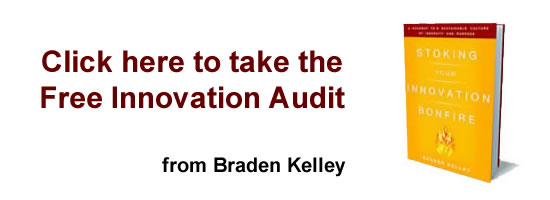
Full disclosure: Siemens paid my travel expenses for me to attend this event
Image Credits: Colliers Knowledge Leader, Siemens
Wait! Before you go…
Choose how you want the latest innovation content delivered to you:
- Daily — RSS Feed — Email — Twitter — Facebook — Linkedin Today
- Weekly — Email Newsletter — Free Magazine — Linkedin Group
[author image=”https://www.disruptorleague.com/wp-content/uploads/2016/07/Braden-Kelley-70.jpg”]Braden Kelley is a Director of Innovation and Human-Centered Problem-Solving at Oracle, and a popular innovation speaker and workshop facilitator. He is the author of two five-star books, Stoking Your Innovation Bonfire and Charting Change, and the creator of a revolutionary new Change Planning Toolkit™. Follow him on Linkedin and Twitter (@innovate).[/author]
NEVER MISS ANOTHER NEWSLETTER!
LATEST BLOGS
The Second Coming of the Retail Health Clinic
There used to be a day when you could go to your local barber and get all sorts of wonderful…
Read MoreCan Microsoft out-innovate Google?
Microsoft announced today a round of updates to its Live Search offering. Searchengineland had a good story on the developments.…
Read More
